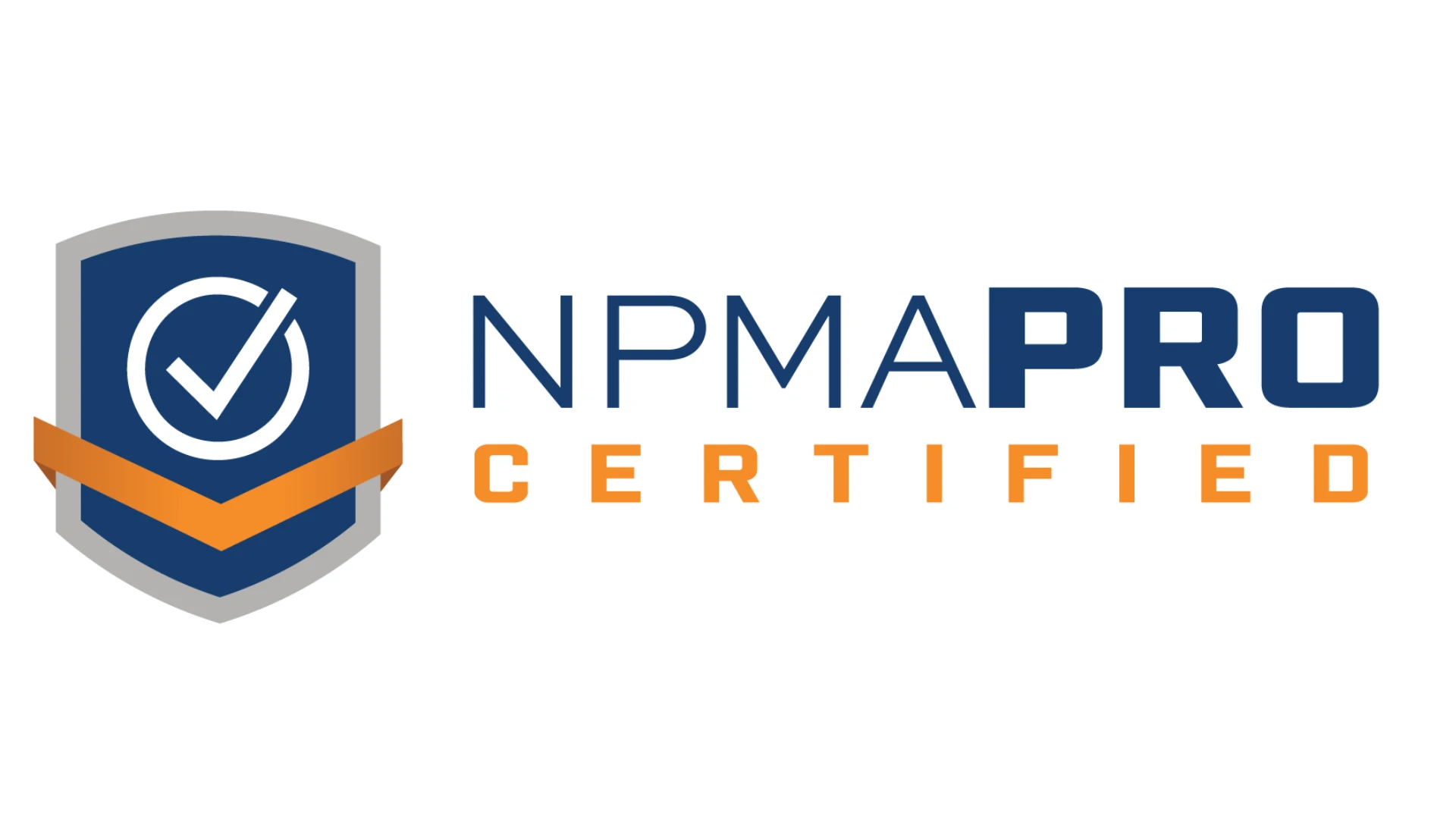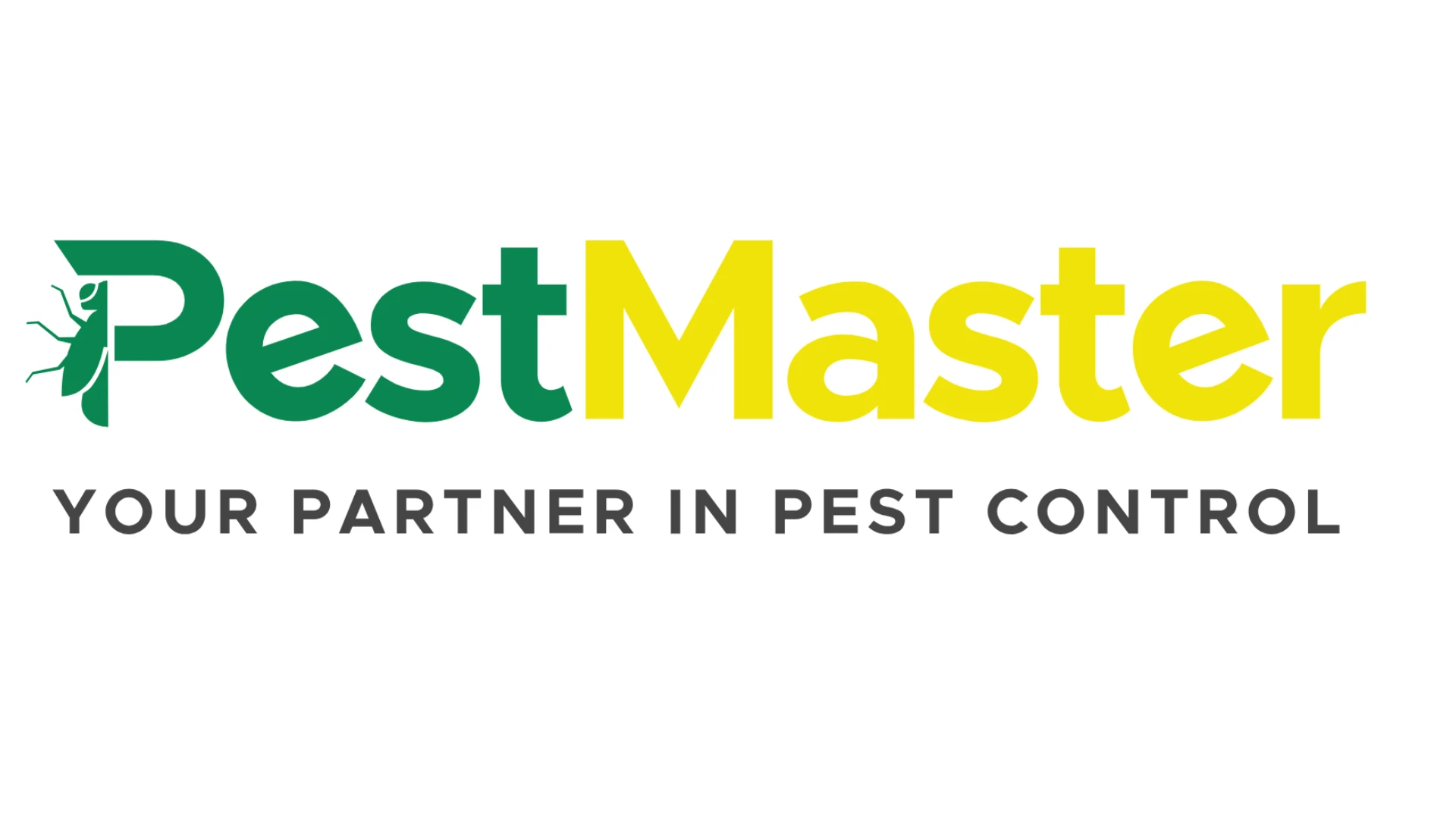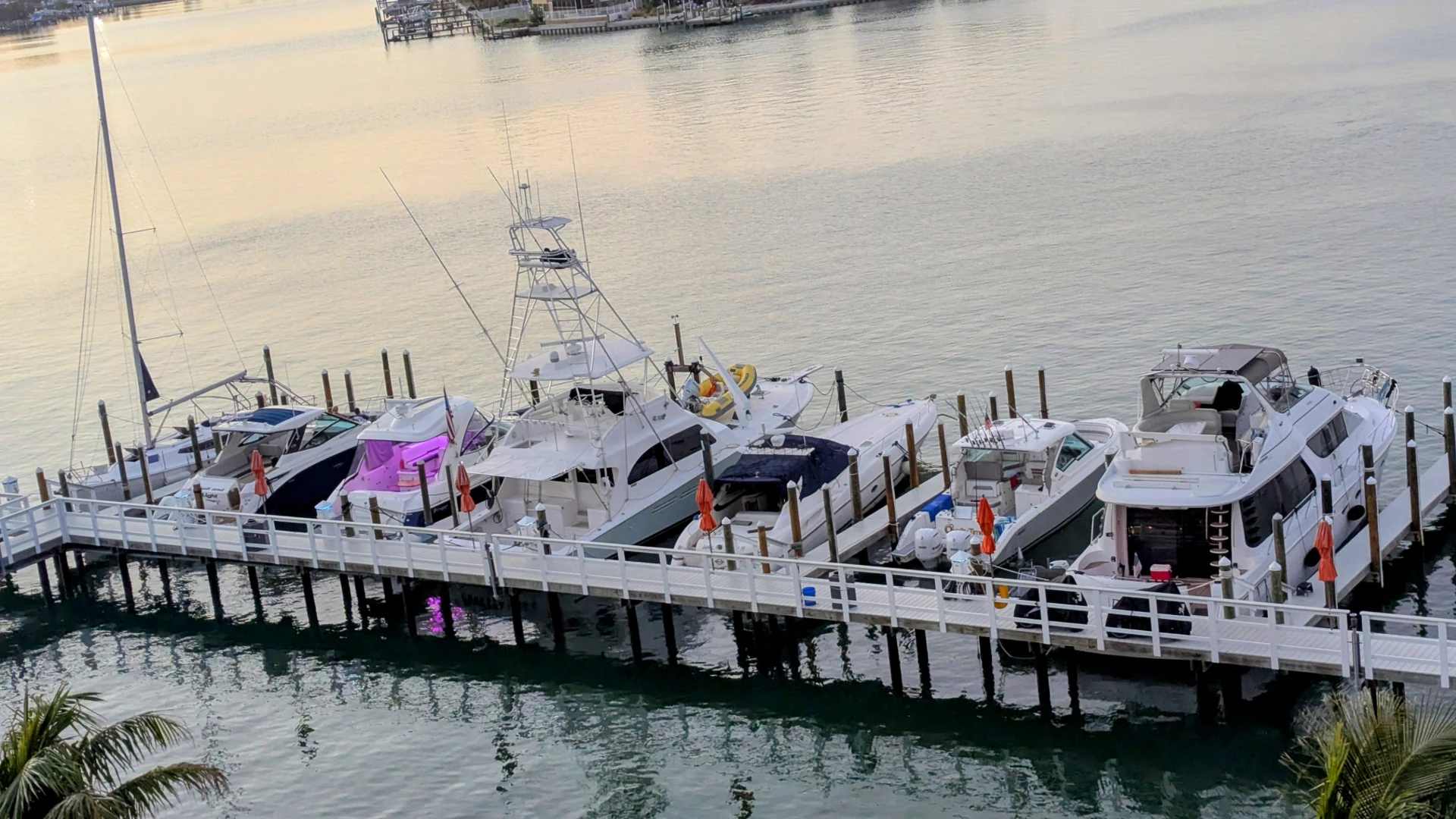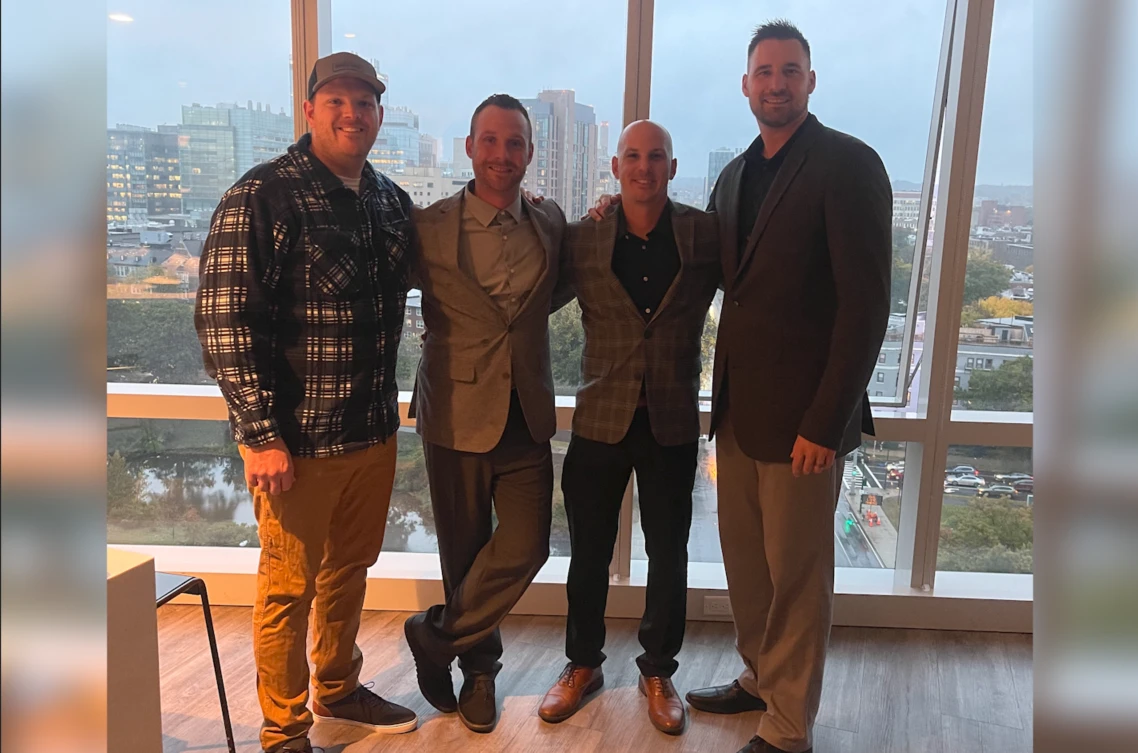
Will adding Additional Insureds (AI) to my policy hurt or ruin my company? Let’s cut to the chase. The answer is an unequivocal YES, it can hurt my company, and YES, it can be catastrophic.
Most insureds think getting an Additional Insured is simple. A customer calls your office and states they need a Certificate of Insurance (COI) with the customer listed as an additional insured. It is normally free with most insurance carriers (like ours) — the agent or the carrier issues the AI and it is sent to the customer. The AI is done and forgotten; everyone is happy.
Then there is the AI where the customer has some “special requests.” Most are routine, like needing higher general liability or auto limits, and an extra name or two added to the AI besides the customer’s name as they are business related. Some customers request Primary and/or Non-Contributory language which is more common these days. Again, most of these requests are routine, completed and forgotten (see a pattern here?).
Now comes the customer that is asking for “a number of names” to be listed as AIs on the COI. We have seen as many as 10 or more requested. An example would be an insured doing pretreats at a new subdivision. The request for the AI is to include the names of all the contractors, architects, property managers and anyone that has anything to do with the building of the area or structures. Oh, and now there is special wording that goes along with all the names.
Wording and issues like broad form endorsement, collapse exclusions, railroad exposures, contract exclusion language, cross claim/insured exclusions…the list of what is asked for by some customers can be incredible. We, on behalf of the carrier, go back and forth with our agents, our insureds and sometimes the certificate holders to try and figure out what they really need and ask a very big question — WHY? Some overzealous risk manager that does not know pest control from a pole vault lumps the PMP with every other vendor. Yes, it is not fair but a number of these “decision makers” could care less. “Do what we tell you or you don’t get the business.” Sound familiar?
So let’s jump straight to the problems that we are seeing with coverage and claim/suit issues.
COVERAGE ISSUES. You need to remember that no matter what the customer wants in relation to names on the COI or any “special wording” that is necessitated, the bottom line is it will not change the policy language. Period. The law is clear now, thankfully, that no matter what the wording is on the COI it cannot change the policy language in any fashion.
Of course this brings up added exposures to the agents and the insureds if the customers find out that the insurance carrier will not provide coverage (or a defense). Rest assured, they will seek that protection, defense or reimbursement elsewhere.
Most Commercial General Liability Policies provide additional insured coverage under an endorsement, which typically applies to anyone the named insured is performing operations for, if the named insured has agreed with the customer to add them as an additional insured on the policy. A standard endorsement might limit the additional insured’s coverage to liability for bodily injury, property damage or personal and advertising injury caused, in whole or in part, by the acts or omissions of the named insured or of anyone acting on the named insured’s behalf in performing the named insured’s ongoing operations for the additional insured.
Such an endorsement means at least two things: First, the additional insured is not covered under your policy if the covered damage is not the result of your negligence. Second, if something you did or didn’t do “caused” the third party’s alleged injury, even a little, under the language of the standard endorsement, the additional insured is covered under your policy.
It could be worse. An additional insured endorsement commonly attached to Commercial General Liability (CGL) policies, providing coverage “only with respect to liability arising out of” the named insured’s work, has been held to cover the additional insured even for injuries the additional insured directly caused. And, of course, there are all kinds of manuscript policies, written for particular insureds or circumstances.
LITIGATION EXPOSURE. I am going to provide you two examples where adding Additional Insureds have backfired on the pest management professional and cost them a lot of money due to increased insurance costs.
MOLE SUIT: This insured had a contract with the “city” to do some mole work on land that was used by the public. They had a serious mole issue in which the insured won the bid. It was a smaller-sized company but they felt they could handle the job. Of course the city is named as an Additional Insured.
After the bid has been accepted, the insured is ready to service the land and was ready to go out and take care of the issue. But wait, the city comes in right afterwards and tells the insured that certain ways he was going to treat and service, including the use of certain product(s), would not be allowed. (By the way this type of service was going to control the problem.) Long story short, the insured was told by multiple city employees during the time he could service this way, and others saying he couldn’t.
So what happens? Someone using the property allegedly stuck his foot in a mole hole and sustained a serious injury. Thousands and thousands of dollars in medical bills and lost wages occurred. Demands from the PL attorney started at $850,000. Yes, a big deal. So the city gets sued and, of course, turns the suit over to the PMP since they are listed as an Additional Insured to be defended. (That’s the same city that told our insured what to and what not to do related to treating and servicing the area.) Due to the policy language the city basically gets away free from anything they do (outside illegal activities) and the insured pays for it.
Remember that not only does the carrier have to retain an attorney to defend the PMP but a separate one to defend the city, especially with their actions in this case. Coverage attorneys get involved and before you know it the cost of the entire claim is well over $500,000. Ready for the punch line? The entire claim goes under the insured’s loss ratio. This simple little Additional Insured request had now turned into a nightmare for the pest professional. How many of you could withstand a claim of more than $500,000 on your loss history?
BED BUG SUITS: These are a lot more common, especially lately. The Property Management Company (PRMGT) asks you to perform bed bug services at a multi-dwelling structure. It does not matter if the bed bug work is IPM or dry heat, they want you to service this property. A lot of these “agreements” are for the PMP to show up after there is a problem and treat accordingly. The PRMGT asks to be an AI on the insurance policy.
The pest professional, of course, explains to the PRMGT that this type of treatment will not eradicate bed bugs unless thorough inspections and treatments are allowed at or around the same time. You already know what their response will be. “We cannot afford to do that now.” “Oh, the infestation is not that bad.” Yeah, like they know! They will use any excuse to not allow the PMP to do their job as a professional to save money and time.
So what happens next? A tenant files a claim or, more likely, a lawsuit against the PRMGT for bed bug bites and damages. From what we have seen it is rare the pest company is named as a defendant directly by the plaintiff. It is the PRMGT that brings in our insured to the lawsuit by way of a third party. Remember that the PRMGT is listed as an additional insured under the policy and is allegedly entitled to a defense under the pest control company’s policy.
The funny part is that almost every allegation in the lawsuit is about the actions of the PRMGT and very little has to do with the pest services provided by the pest company. A few examples of these allegations against the PRMGT are: failure to notify tenants of current or past infestations and/or failure to treat timely when notified of an infestation. There are others, but you get the picture. Can you tell me which one has anything to do with the PMP and what the PMP did wrong?
Does it really matter? The main issue of the lawsuit is bed bugs. The insured went over there to treat the structure(s). They are the professionals. And since the PRMGT is listed as an additional insured, they could care less. They will be defended under our insured’s policy. Or so they think. Sometimes we have told these PRMGTs to take a hike and we will take our chances, especially when those property managers, etc., are so bad to the tenants we know eventually we will prevail. Other times, and depending on the state, we have no choice.
We currently have a lawsuit out West where there are multiple tenants suing the PRMGT. Our insured did nothing wrong and even had a contract stating the company is not responsible. The work looks to be solid for what the insured was allowed to do and all looks well, right? No! The PRMGT is not only demanding a defense but also their own coverage counsel since we let them know there is a coverage issue. Basically we have three to four attorneys involved for this one lawsuit. The alleged injuries or claims are nuisance at best — $2,500 to $5,000 per person tops and we feel that is judgement value at best (a total of $35,000 to $50,000 max). I would pay this tomorrow to save this insured. The problem is the PL attorney wants more than $2 million. There’s not a lot you can do but defend. This insured is stuck. Win or lose, this suit is going to kill his loss history and maybe his company. All because of a simple Additional Insured request.
We have been lucky. On many of our accounts that perform bed bug work we now call the insureds to let them know about this issue. We talk about this exposure and contracts to protect themselves. Almost all of the pest management professionals we speak to have no idea about this serious exposure and won’t until it is too late. They are now rethinking those customers that demand Additional Insureds and that also prevent them from performing their professional services.
The bottom line: Is this customer and additional insured worth it? Best of luck to you!
Andy McGinty is the EVP/COO of LIPCA Insurance. He has been handling thousands of pest and lawn claims/suits since 1991. He helps LIPCA Insureds with loss control/documentation to protect their businesses. Contact him at 800/893-9887, ext. 101, or amcginty@gie.net. Michael Sohigian is an attorney in Los Angeles specializing in business litigation and insurance coverage. Since 2014, he has co-authored the Insurance Litigation chapter in the California Litigation Review, published by the State Bar of California’s Litigation Section. Contact him at 310/914-2494 or msohigian@gie.net.
WANT MORE?
Enter your email to receive our newsletters.

Explore the November 2016 Issue
Check out more from this issue and find your next story to read.
Latest from Pest Control Technology
- Scorpion Launches Capacity Marketing Engine
- Petti Pest Control Owners Reflect on Finding Success as a Father-Son Duo
- Effective Mitigation of Crow Infestations
- Mosquito Control: Spraying vs. IPM
- Terminix Service's Leaders Inducted into South Carolina Business Hall of Fame
- Christner on Colorado's Preemption Roll Back on Business Growth
- How to Get Rid of Odorous House Ants
- Massey Services Promotes Herndon to Director of Sales for Multi-Family Division








